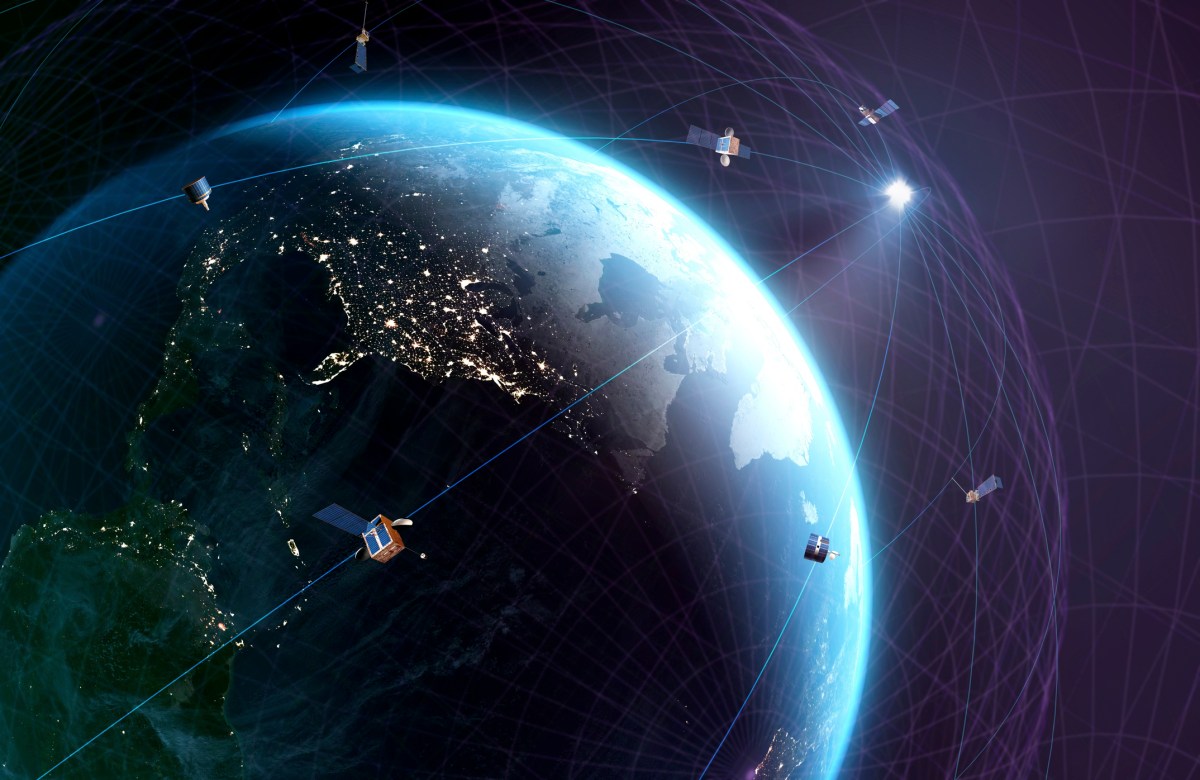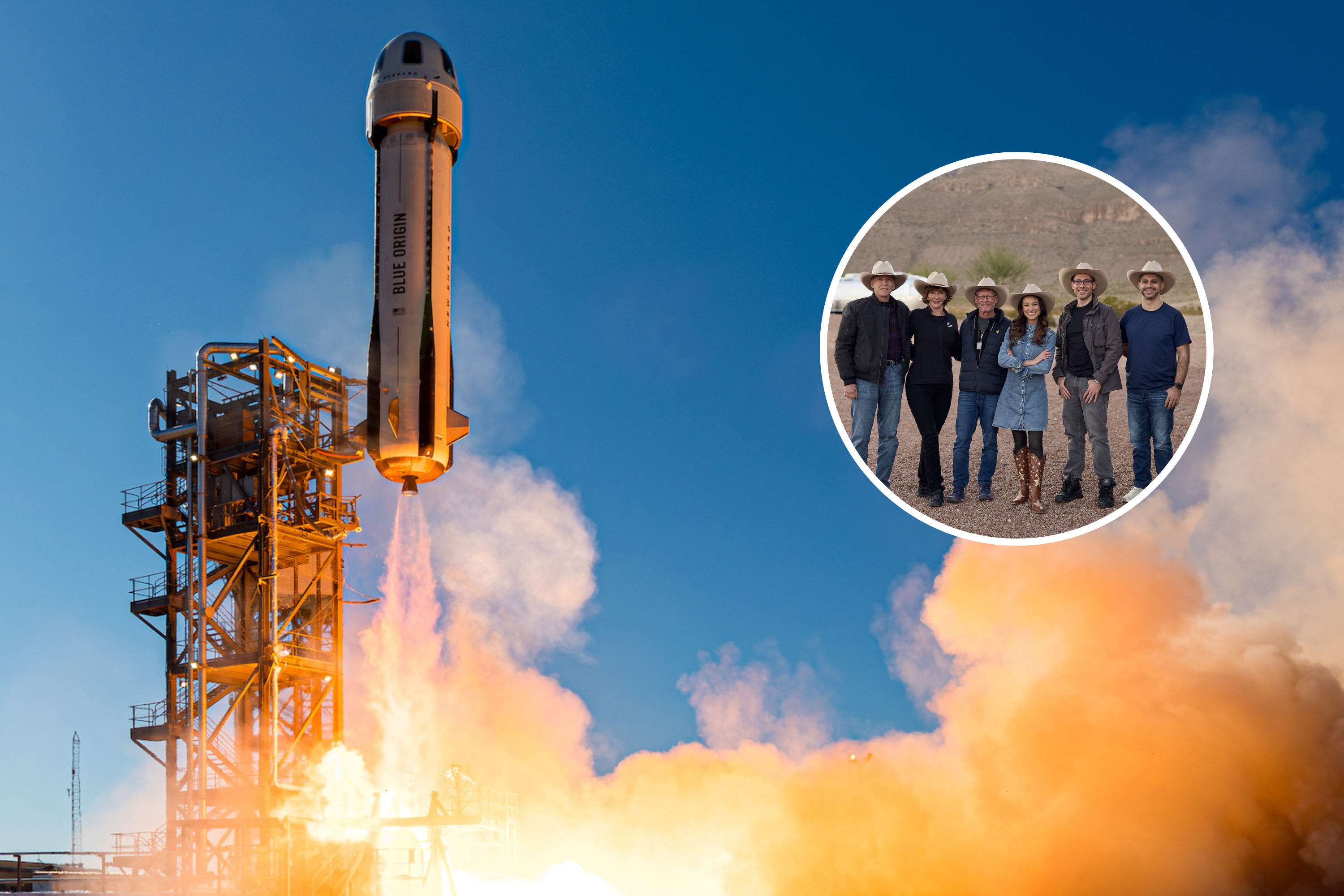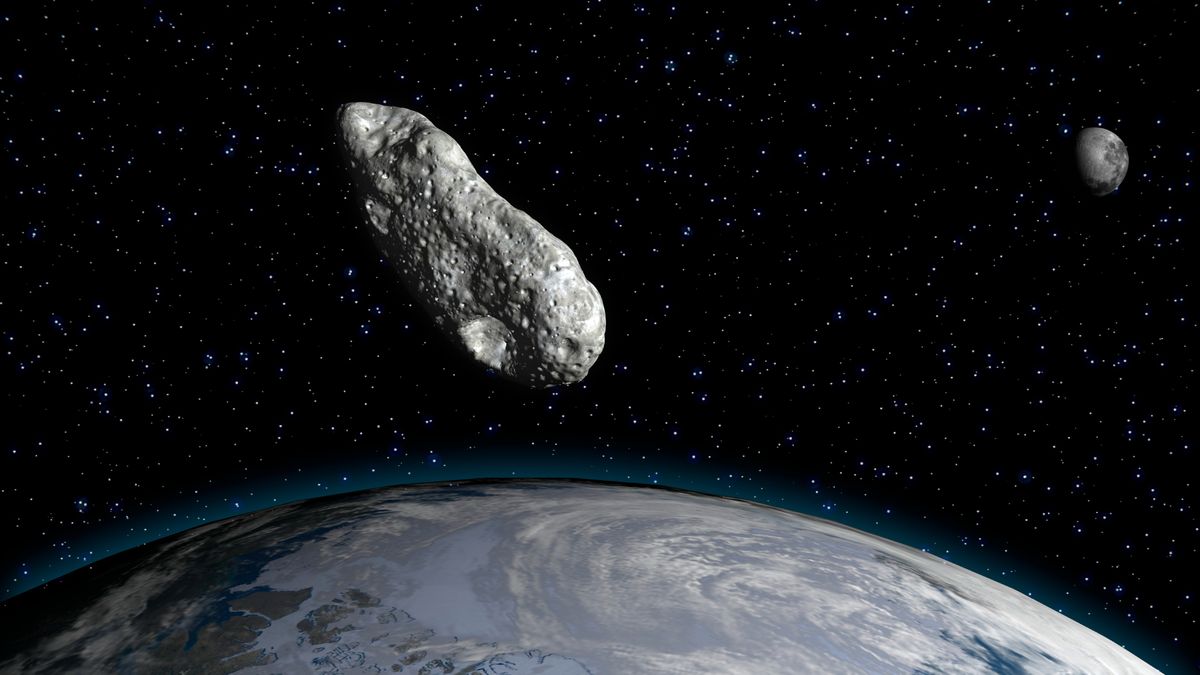 Reference: Found here
Reference: Found hereHeadlines:
In a groundbreaking development, researchers at Johns Hopkins University (JHU) and Stanford University have successfully trained a robotic surgical system to perform complex tasks with the skill of human doctors.
This achievement marks a significant step toward autonomous robotic surgery , potentially transforming the future of medical procedures.
What sets this approach apart is the training method. Instead of painstakingly programming each movement, the robot learned by watching hundreds of videos recorded from wrist-mounted cameras on da Vinci robots during actual surgical procedures. This method allows the robot to learn from the collective experience of numerous skilled surgeons, potentially surpassing the capabilities of any single human operator.
The surgical system not only executed tasks as proficiently as human surgeons but also demonstrated the ability to correct its own mistakes. As Axel Krieger, assistant professor at JHU, noted, ⁘Like if it drops the needle, it will automatically pick it up and continue. This isn't something I taught it to do.⁘ This level of autonomy and adaptability is crucial in surgical settings where unexpected situations can arise. The robot's ability to problem-solve and adjust its actions in real time could potentially reduce complications and improve patient outcomes.
The JHU team is now working on expanding this technology to train robots to perform complete surgical procedures. While fully autonomous robotic surgery may still be years away, this innovation paves the way for safer and more accessible complex treatments worldwide. The ability to train robots on entire surgical procedures could lead to standardized, high-quality surgical care even in areas lacking specialized surgeons.
By harnessing the power of AI and imitation learning, we're witnessing the birth of surgical robots that can learn and adapt much like human surgeons. As this technology continues to evolve, it holds the promise of reducing medical errors, increasing surgical precision, and potentially making advanced surgical procedures available to more patients globally. While there are still challenges to overcome, including ethical considerations and regulatory approvals, the future of AI-assisted and autonomous robotic surgery looks increasingly promising.



























